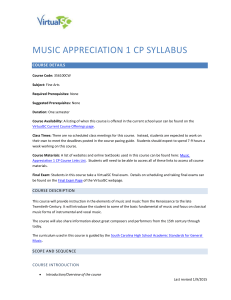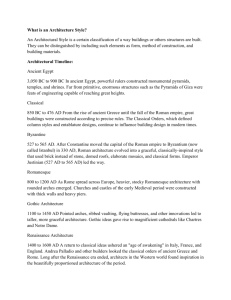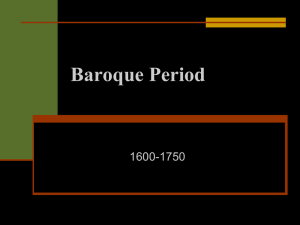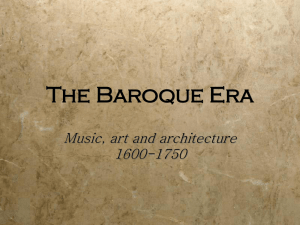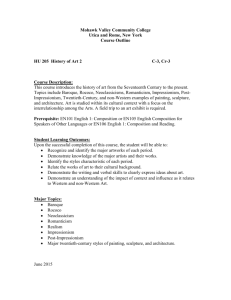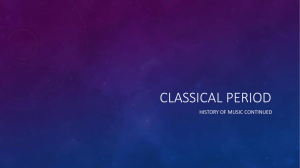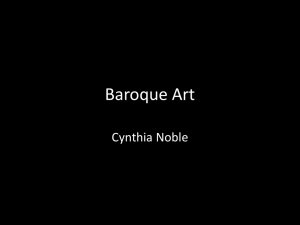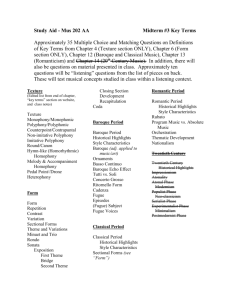Stravinsky Pulcinella Suite: Style
advertisement
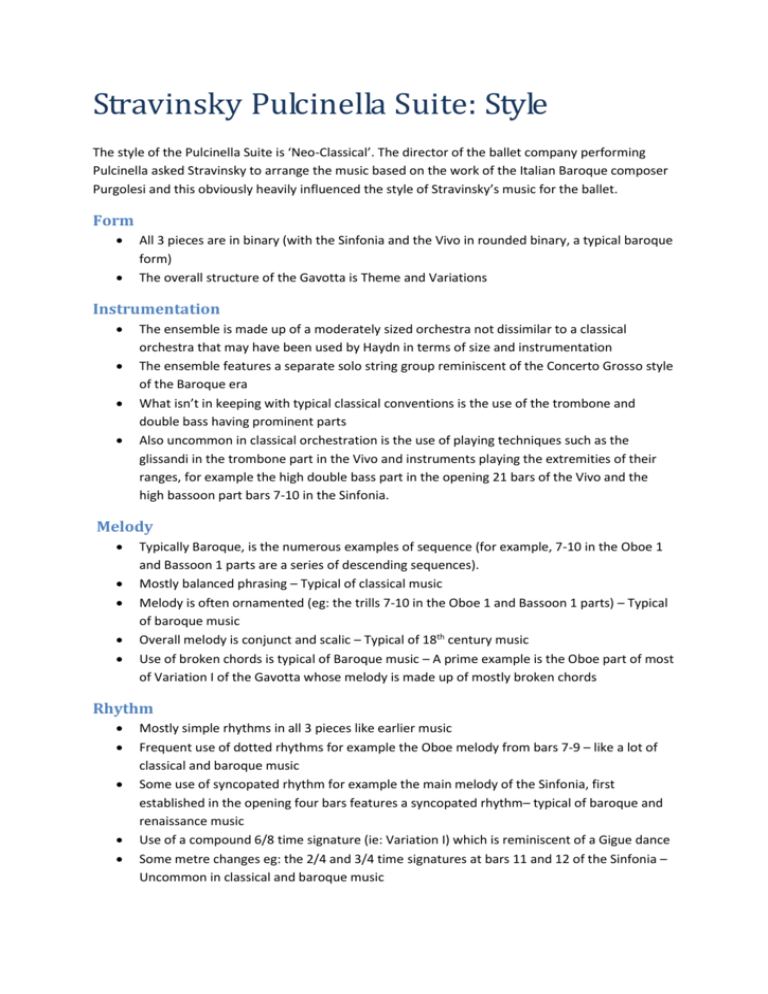
Stravinsky Pulcinella Suite: Style The style of the Pulcinella Suite is ‘Neo-Classical’. The director of the ballet company performing Pulcinella asked Stravinsky to arrange the music based on the work of the Italian Baroque composer Purgolesi and this obviously heavily influenced the style of Stravinsky’s music for the ballet. Form All 3 pieces are in binary (with the Sinfonia and the Vivo in rounded binary, a typical baroque form) The overall structure of the Gavotta is Theme and Variations Instrumentation The ensemble is made up of a moderately sized orchestra not dissimilar to a classical orchestra that may have been used by Haydn in terms of size and instrumentation The ensemble features a separate solo string group reminiscent of the Concerto Grosso style of the Baroque era What isn’t in keeping with typical classical conventions is the use of the trombone and double bass having prominent parts Also uncommon in classical orchestration is the use of playing techniques such as the glissandi in the trombone part in the Vivo and instruments playing the extremities of their ranges, for example the high double bass part in the opening 21 bars of the Vivo and the high bassoon part bars 7-10 in the Sinfonia. Melody Typically Baroque, is the numerous examples of sequence (for example, 7-10 in the Oboe 1 and Bassoon 1 parts are a series of descending sequences). Mostly balanced phrasing – Typical of classical music Melody is often ornamented (eg: the trills 7-10 in the Oboe 1 and Bassoon 1 parts) – Typical of baroque music Overall melody is conjunct and scalic – Typical of 18th century music Use of broken chords is typical of Baroque music – A prime example is the Oboe part of most of Variation I of the Gavotta whose melody is made up of mostly broken chords Rhythm Mostly simple rhythms in all 3 pieces like earlier music Frequent use of dotted rhythms for example the Oboe melody from bars 7-9 – like a lot of classical and baroque music Some use of syncopated rhythm for example the main melody of the Sinfonia, first established in the opening four bars features a syncopated rhythm– typical of baroque and renaissance music Use of a compound 6/8 time signature (ie: Variation I) which is reminiscent of a Gigue dance Some metre changes eg: the 2/4 and 3/4 time signatures at bars 11 and 12 of the Sinfonia – Uncommon in classical and baroque music Also unconventional is the use of the scales made up of groups 5, 9, 11 and 12 eg bar 734 and 784 in Variation II Harmony & Tonality Simple root and first inversion chords used – Typical classical harmony Generally clear cadences – Also typically classical Harmony is often very functional and typically classical eg: there is a cadential 6/4 in the final candence of the Sinfonia and there is also the use of the cycle of 5ths from bars 7-9 Often suspensions and retardations used eg: the upward retardation in bars 2 of the Gavotta – Typical of baroque music Generally related keys although in the Vivo there is a modulation to the tonic minor Texture Sinfonia is often tutti Sonfonia has is melody dominated homophony Some polyphony reminiscent of Baroque counterpoint Variation I often has alberti bass accompaniments, typical of Baroque keyboard music




